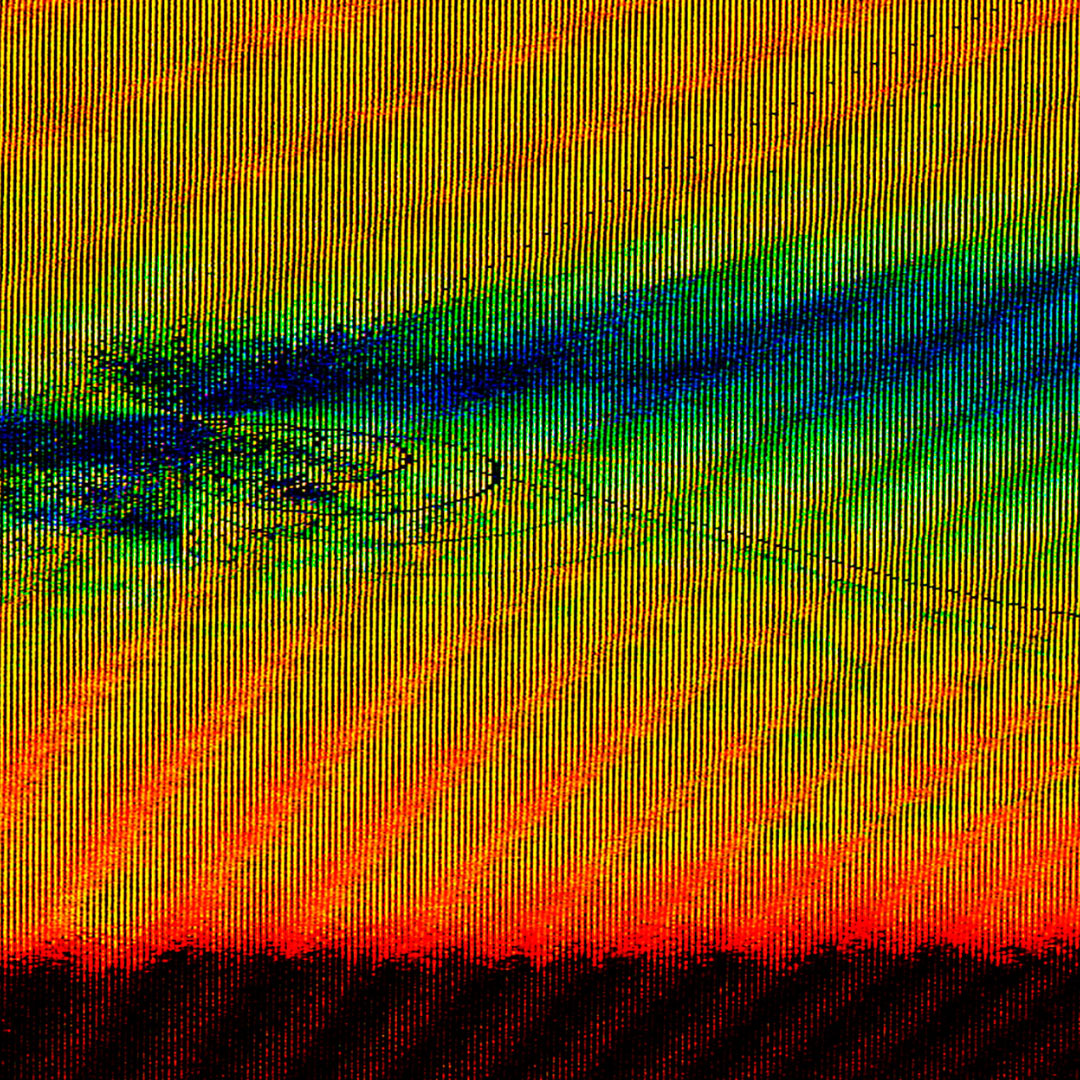Conclusion:
Photobiomodulation is a game-changer for animal health—offering a gentle option to reduce pain, speed healing, and improve quality of life. Whether you're helping an arthritic dog climb stairs again or accelerating recovery in a championship racehorse, red and near-infrared light therapy is proving to be one of the most versatile and promising tools in modern veterinary care.
With more veterinarians integrating PBM into their practices - and portable devices available for home use - animal owners have new ways to support their furry companions naturally and effectively.
Healing with Light for Pets and Performance Animals
Photobiomodulation (PBM), or low-level light therapy, isn’t just transforming human wellness - it’s also making waves in veterinary medicine. From household pets to high-performance horses, animals are benefiting from red and near-infrared (NIR) light therapy for a wide range of conditions including injury recovery, pain management, inflammation, and wound healing.
Let’s explore how PBM is applied in animal care and why more veterinarians and pet owners are turning to light as a safe, effective treatment option.
How Does PBM Work in Animals?
The underlying biological mechanism is the same in animals as in humans. Red (600–700 nm) and near-infrared (800–900 nm) light penetrates tissue and stimulates cellular processes, especially by activating cytochrome c oxidase in the mitochondria.
This leads to:
-
Increased ATP (energy) production
-
Reduced oxidative stress
-
Lowered inflammation
-
Accelerated cellular repair
Because animals also have dense nerve networks and metabolically active tissues, they respond well to light therapy - often faster than humans.
Common Veterinary Applications of PBM
1. Pain and Inflammation
-
Osteoarthritis in dogs and cats
-
Chronic hip and elbow dysplasia
-
Post-surgical discomfort
PBM helps reduce inflammation and increases mobility, often lowering the need for medication.
2. Wound Healing
-
Open wounds, ulcers, and surgical incisions
-
Bite injuries or burns
Red and NIR light stimulate collagen production and angiogenesis, speeding up tissue regeneration.
3. Post-Surgical Recovery
Veterinarians use PBM to minimize swelling, reduce pain, and promote faster healing in spay/neuter surgeries or orthopedic procedures.
4. Neurological Disorders
Conditions like intervertebral disc disease (IVDD) in dogs respond well to PBM, especially when applied along the spine to reduce nerve inflammation.
5. Dental Health
Some vet clinics use PBM for oral surgery recovery and periodontal inflammation, improving outcomes and comfort.
6. Performance and Sport Animals
In horses, PBM is used for:
-
Tendon and ligament injuries
-
Sore muscles or joints after competition
-
Hoof injuries and laminitis
It enhances blood flow and recovery, helping horses stay sound and perform longer.





